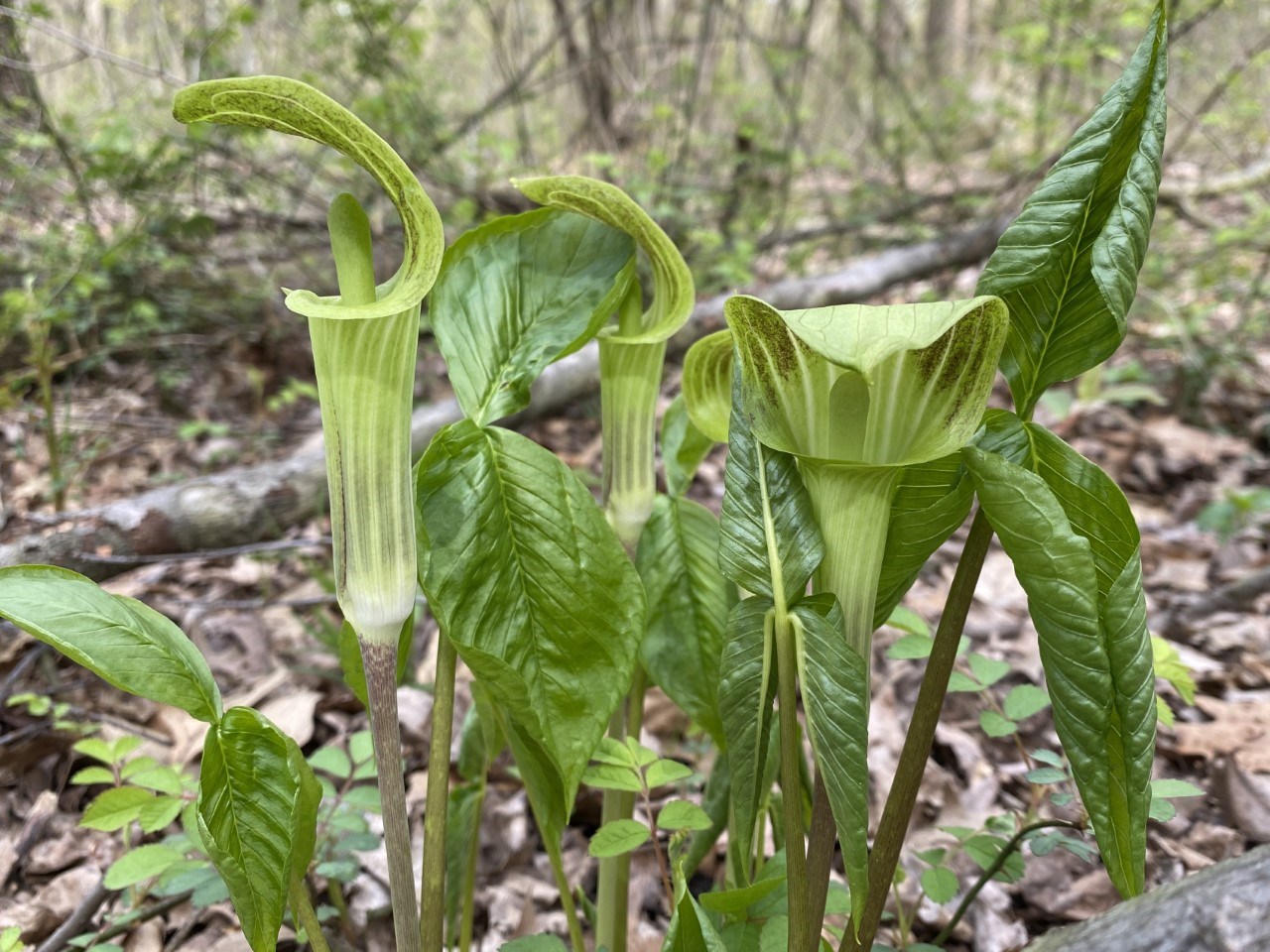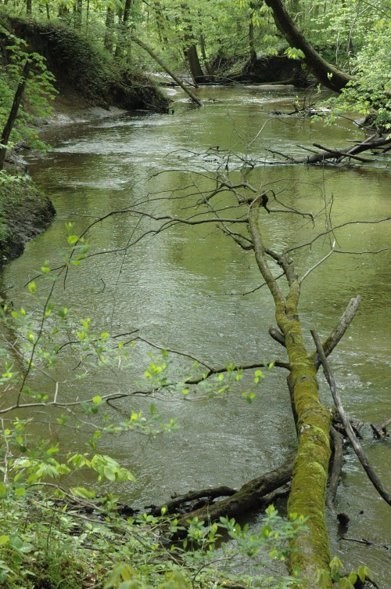
Discover Wonderous Wildflowers
OverviewThe rich, damp floodplain of the Little Calumet River supports a woodland who's understory bursts into life each spring. Some plant species are known as "ephermerals," they race to complete their life cycle before the trees' leaves emerge and block the sunlight. Have you met some of our plant friends? Click and drag the arrowed sliding tool to learn about some of the characters of Heron Rookery's wildflower show that dazzles the banks of the Little Calumet River. You can explore virtually or by taking a visit to the site. Send questions or observations by emailing Ranger Julie. Please be a good visitor!To hep ensure a beautiful displays for years to come, please stay on the official trail and leave wildflowers where they are. 1 

Left image
Right image
2 

Left image
Right image
3 

Left image
Right image
4 

Left image
Right image
5 

Left image
Right image
6 

Left image
Right image
7 

Left image
Right image
8 

Left image
Right image
9 

Left image
Right image
10 

Left image
Right image
Take a Virtual TourJoin Ranger Kim along the Heron Rookery Trail as she discusses its many qualities along with many botanical insights.Grab a Trail MapGreat need-to-know information you'll be glad you snagged before taking your own Heron Rookery Trail hike. |
An official website of the United States government
Here's how you know
Official websites use .gov
A
.gov website belongs to an official government
organization in the United States.
Secure .gov websites use HTTPS
A
lock (
) or https:// means you've safely connected to
the .gov website. Share sensitive information only on official,
secure websites.
